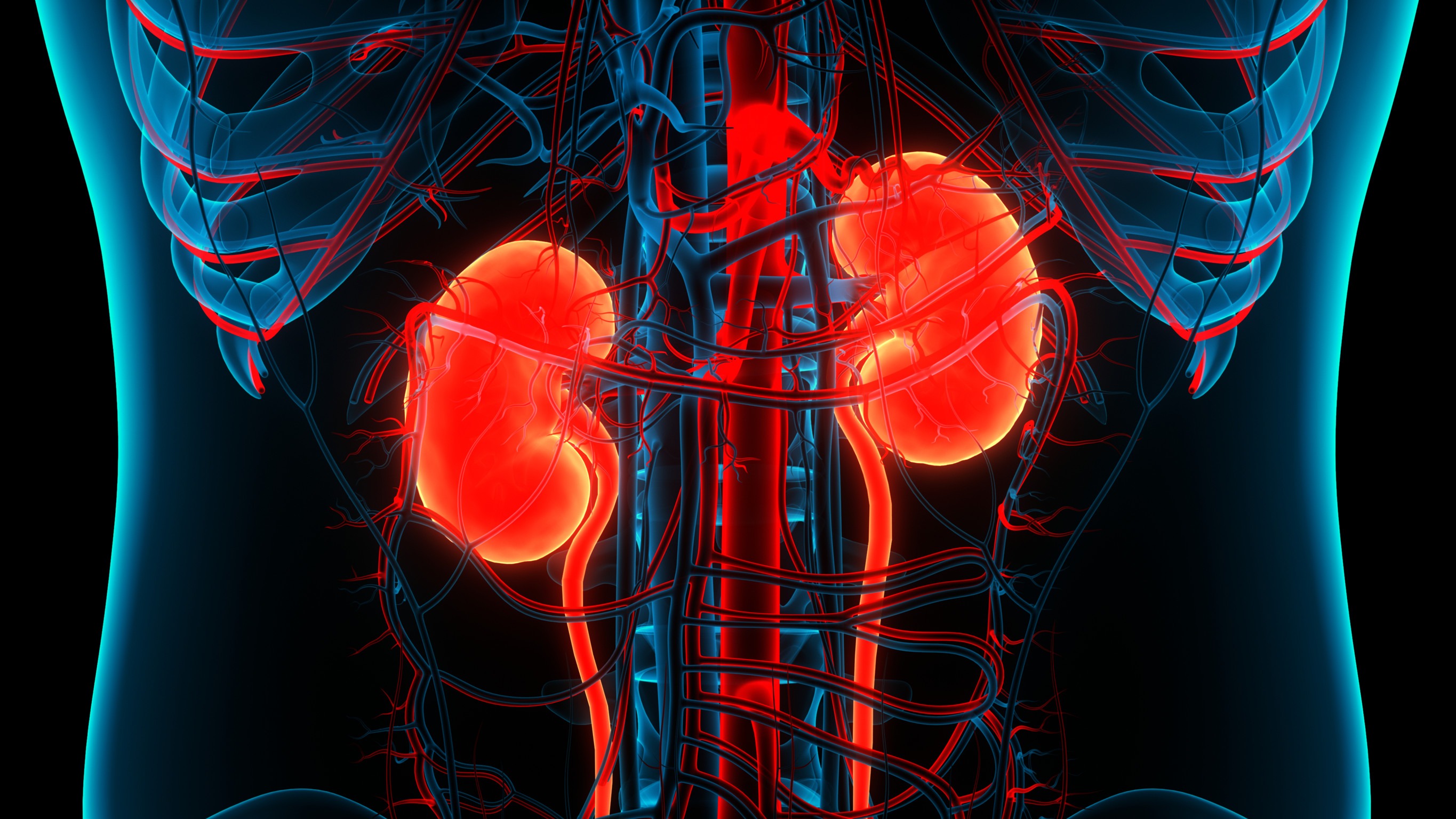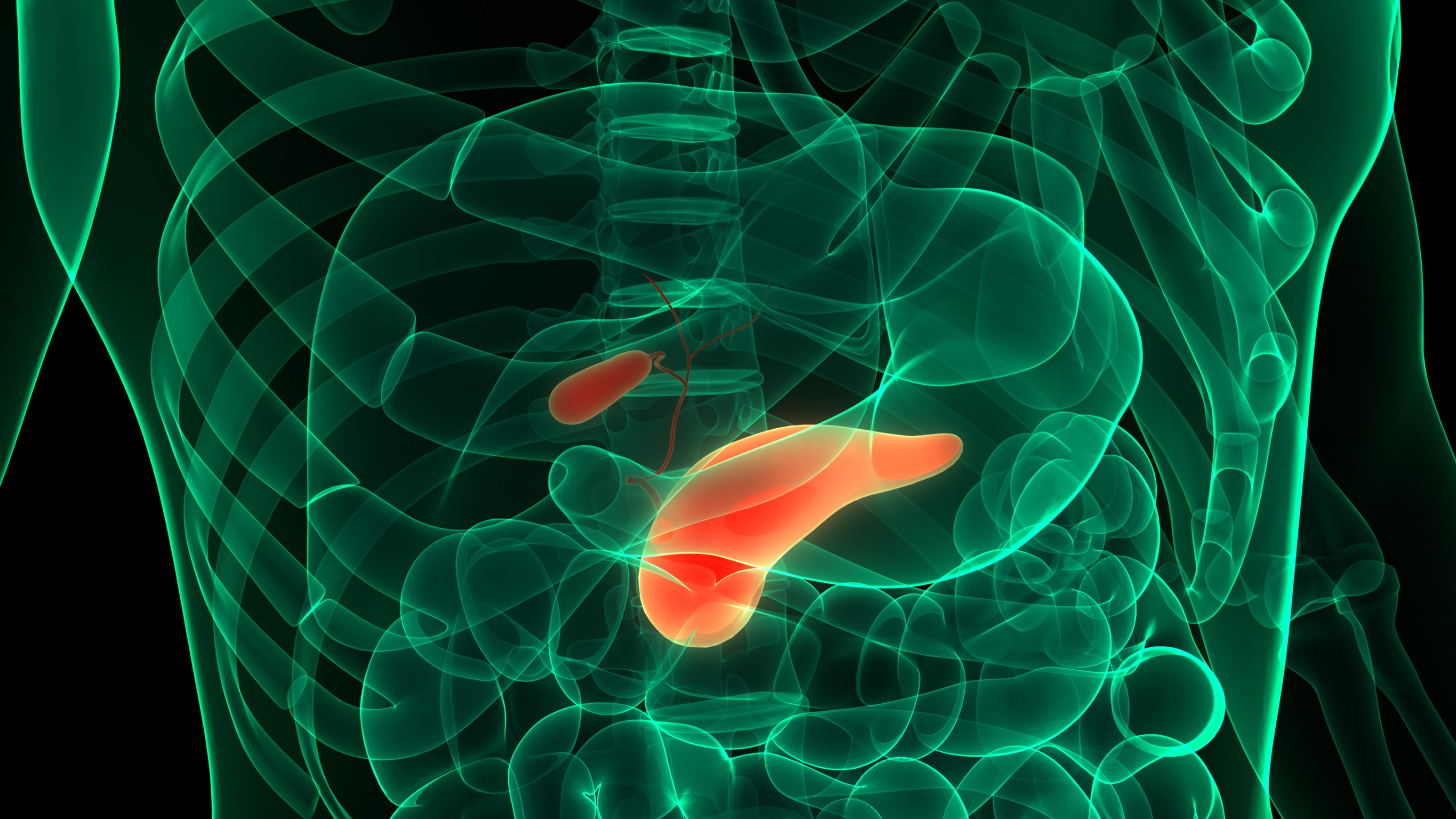
Understanding Sotagliflozin and Its Promise for Diabetes Management
In an era where diabetes management is evolving rapidly, sotagliflozin emerges as a noteworthy contender. Clinical studies presented at the recent American Association of Clinical Endocrinology (AACE) Annual Meeting 2025 have revealed that sotagliflozin effectively lowers A1c levels and body weight in individuals with type 2 diabetes, even amid the challenges posed by chronic kidney disease (CKD). This dual action not only broadens the scope of diabetes treatment but also provides significant insights for managing patients with concurrent kidney impairment.
Real-World Implications for Patients with Diabetes and CKD
Sotagliflozin's efficacy becomes especially crucial for patients who experience both diabetes and kidney impairment. As Dr. Belinda Hardin pointed out, understanding kidney function's role in treatment decision-making is vital. This understanding leads to tailored therapies that cater to individual patient needs, enhancing the quality of care. With the underpinning goal of improving patient outcomes, sotagliflozin's introduction signifies an important step towards personalized diabetes treatment strategies.
The Science Behind Sotagliflozin: A Closer Look
Sotagliflozin operates by inhibiting both sodium-glucose cotransporter 1 (SGLT1) and sodium-glucose cotransporter 2 (SGLT2), which contributes to its ability to lower blood sugar and promote weight loss. Despite not currently being approved as a treatment for diabetes, its benefits in managing A1c levels and weight are evident even in patients classified with moderate-to-severe CKD. This presents an intriguing paradox where, despite regulatory setbacks regarding diabetes treatment, its application in glycemic control becomes clearer.
Comparison with Existing SGLT2 Inhibitors
In the market of SGLT2 inhibitors, dapagliflozin (Farxiga) and empagliflozin (Jardiance) have become synonymous with effective heart failure prevention and type 2 diabetes management. However, sotagliflozin, while not yet a frontline therapy for diabetes, shows promise as an effective alternative. Dr. Sara E. Lubitz emphasizes the strategic use of sotagliflozin in patients who require both heart failure management and blood sugar reduction, suggesting its potential to match existing SGLT2 treatments. This nuanced perspective opens the door for considering sotagliflozin as a go-to option in complex cases.
Bridging Gaps in Diabetes and Kidney Disease Treatment
This recent meta-analysis pooling results from eight rigorous trials reinforces the notion that sotagliflozin provides concrete benefits across varying kidney functions. As healthcare practitioners seek more comprehensive treatment frameworks for diabetes patients with CKD, insights from this analysis become crucial. The findings advocate for a more inclusive consideration of available therapies, guiding clinicians in their choice of diabetes medications.
Looking Ahead: Future Research Directions
As we forge ahead into the next generation of diabetes therapies, continued investigation into drugs like sotagliflozin is paramount. Further trials exploring the long-term effects and safety profiles of sotagliflozin in diverse populations will help cement its role in diabetes management paradigms. Moreover, with the growing prevalence of diabetes and kidney disease, understanding how various treatments can synergize to improve patient health remains at the forefront of medical research priorities.
Final Thoughts: Empowering Patients Through Knowledge
It is essential for patients, especially those grappling with both diabetes and kidney conditions, to stay informed about new treatment options as they develop. Sotagliflozin's promise is ultimately more than just improved health metrics; it embodies the ongoing fight against chronic diseases and highlights the advances in medical science. As we continue to unravel the complexities of diabetes management, education and awareness will empower individuals to take charge of their health decisions.
If you're navigating the challenges of diabetes and kidney health, consider seeking professional guidance to understand how recent breakthroughs like sotagliflozin might impact your health journey. Stay proactive, stay informed, and embrace a path towards enhanced wellness.
 Add Row
Add Row  Add
Add 




 Add Row
Add Row  Add
Add 

Write A Comment